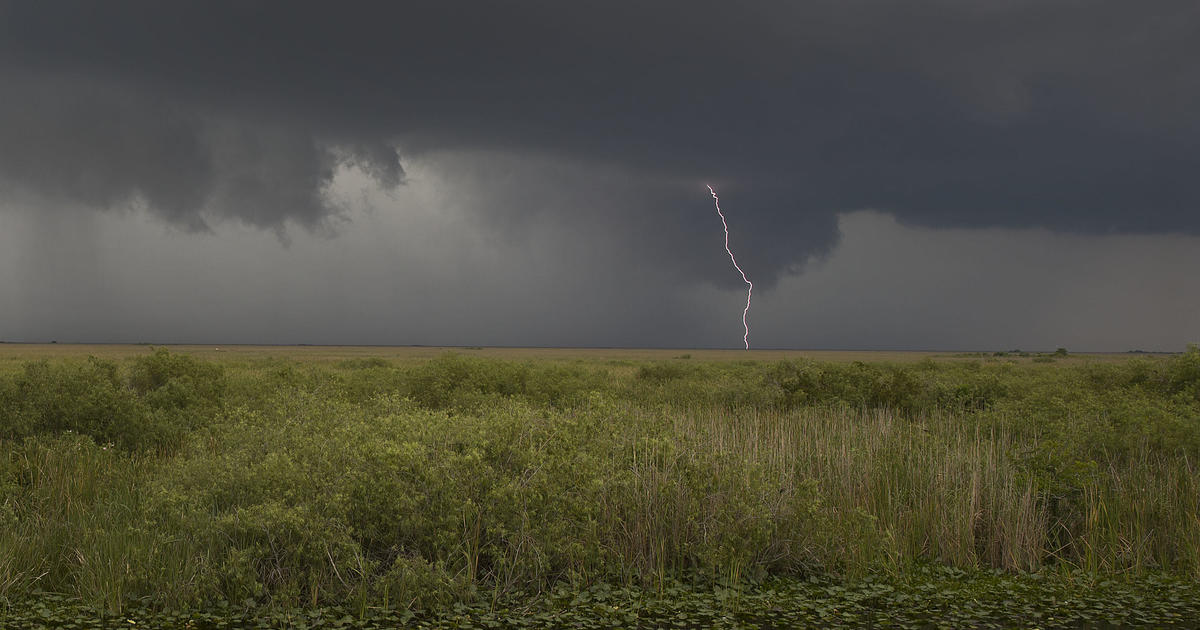Neighbors 4 Neighbors Helping To Conserve Biscayne National Park, Our Aquatic Neighbor
Follow CBSMIAMI.COM: Facebook | Twitter
MIAMI (CBSMiami) -- Neighbors 4 Neighbors is working with the Herbert W. Hoover Foundation, to bring more awareness to the amazing animals that live right off our shores in a very unique aquatic national park known as Biscayne National Park.
Deemed a national park in the 1980's, the park's history extends back more than 10,000 years with evidence of historical artifacts unearthed on land and sea. The park protects the third largest coral reef tracts in the world, as well as the longest stretch of mangrove forest in the U.S.
The clear, shallow waters of Biscayne Bay and the northernmost Florida Keys are home to sea life and vegetation found nowhere else, plus historical ship wrecks that house not only their hidden treasure but also a haven for the animals and plants which call these warm waters home.
The park hosts not only these aquatic creatures, but the millions of visitors who flock to its shores each year. From guided tours to boating, fishing and most important, education and preservation, Biscayne National Park works each day to conserve this watery wonderland.
The park covers 172,971 acres and includes Elliott Key, the park's largest island and first of the true Florida Keys, which formed from fossilized coral reef. The islands farther north in the park are transitional islands of coral and sand. The offshore portion of the park includes the northernmost region of the Florida reef, one of the largest coral reefs in the world.
Biscayne National Park protects four distinct ecosystems; the shoreline mangrove swamp, the shallow waters of Biscayne Bay, the coral limestone keys and the offshore Florida reef.
The shoreline swamps of the mainland and island margins provide a nursery for larval and juvenile fish, mollusks and crustaceans. The bay waters harbor juvenile and adult fish, seagrass beds, sponges, soft corals, and manatees. The keys are covered with tropical vegetation including endangered cacti and palms, and their beaches provide nesting grounds for endangered sea turtles. Offshore reefs and waters harbor more than 200 species of fish, pelagic birds and hard corals.
The Herbert W. Hoover foundation's founder was instrumental in establishing this park to help conserve its beauty and importance to our ecosystem and shoreline protection.

One of the most recognizable marine animals is the Starfish. They come in many shapes and colors. Many types like the Bahama Starfish or Cushion Sea Stars and the Brittle Starfish live in Biscayne National Park, among the corals and seagrass. They are beautiful to watch as they slowly move but never touch or take a starfish from its habitat. They are fragile and human hands can crush their tiny structures.
Help us protect this area and these amazing creatures that call it home.
To find out more about our efforts and or to make a monitory donation in support, please visit our website at www.neighbors4neighbors.org/Biscayne-National-Park
Start your journey of discovery now National Park Service/Biscayne National Park Site
One of the best ways to see this watery wonderland is with Guided Tours. Click here for more info on those.



